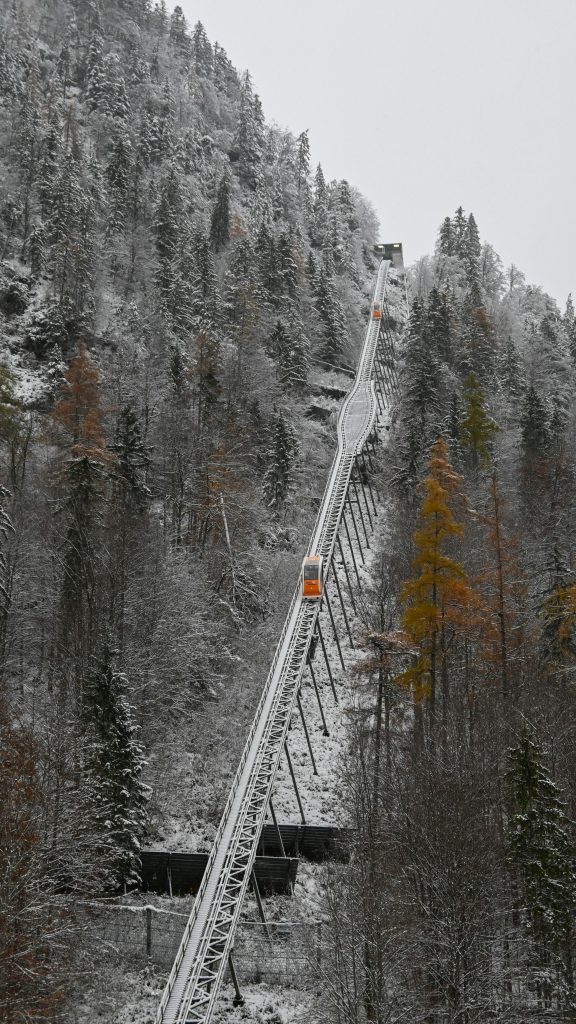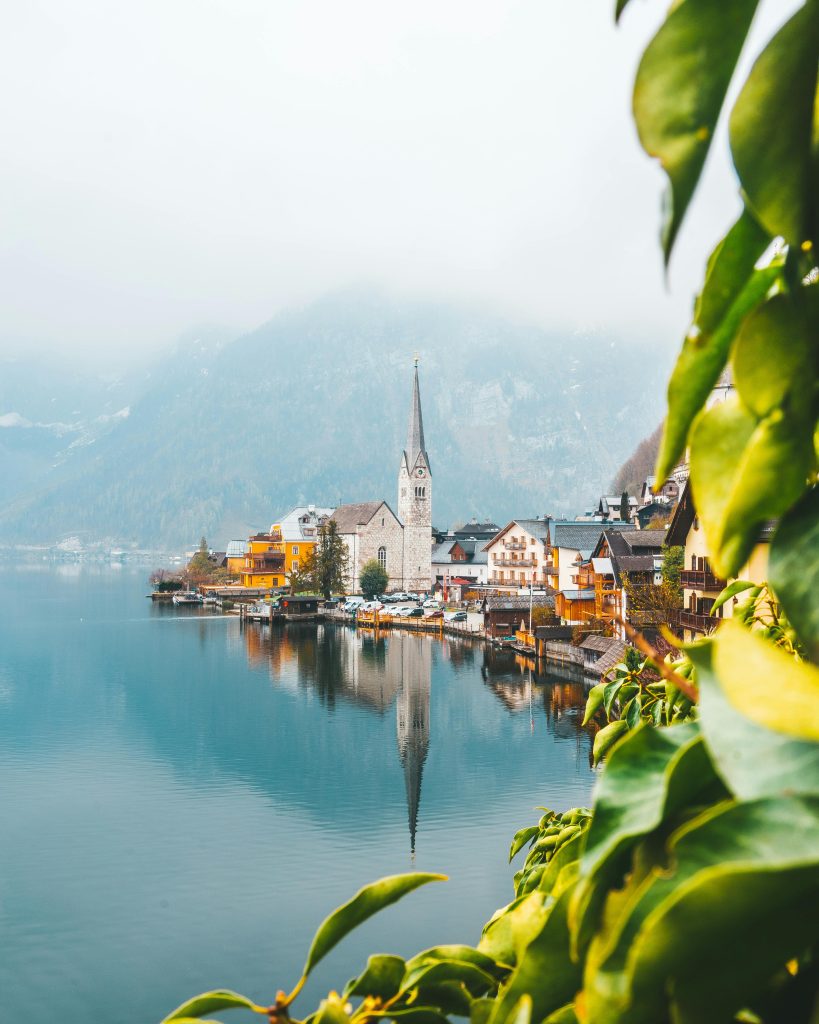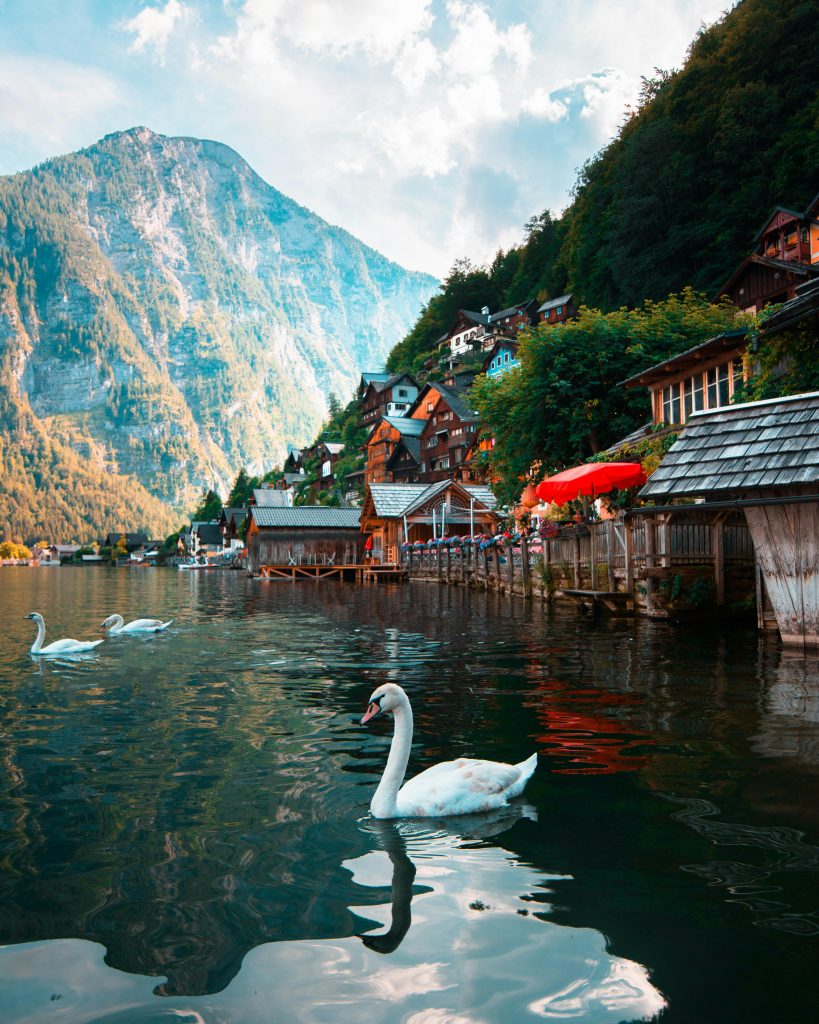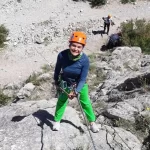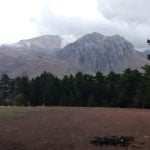Hallstatt: The Enchanting Village of Austria with a Rich History
Hallstatt is a picturesque village located in Upper Austria, in the Salzkammergut region. Nestled at the foot of the Alps on the shores of Lake Hallstatt, this charming village attracts thousands of visitors every year with its stunning scenery, historical significance, and cultural heritage. Listed as a UNESCO World Heritage Site, Hallstatt is also known for being one of the oldest salt mining regions in the world. This article will explore Hallstatt’s history, natural beauty, cultural heritage, and tourist attractions. Hallstatt: The Enchanting Village of Austria with a Rich History
History
Hallstatt’s history dates back to around 7,000 BC, and it is one of the oldest known salt mining sites globally. The name “Hall” itself means “salt” in ancient Celtic, reflecting the village’s longstanding connection to salt. Hallstatt is home to an archaeological site dating from 800-450 BC, known as the “Hallstatt Period,” which has provided valuable insights into the social structure, art, and culture of early European societies.
Natural Beauty
Hallstatt is surrounded by Lake Hallstatt and the dramatic mountains of the Dachstein Alps. This natural setting creates a breathtaking scene, with the reflections of the mountains on the lake and the traditional wooden houses adding to the fairy-tale charm of the village. In the summer, Hallstatt is perfect for hiking and lake cruises, while in winter, it’s a popular spot for skiing and other winter sports. The ice caves and glaciers on Dachstein Mountain are also must-visit natural attractions.
Cultural Heritage
Hallstatt has long contributed to the cultural history of Central Europe. One unique cultural feature in the village is the Beinhaus, or bone house. Due to limited burial space, older graves were exhumed, and the skulls and bones were painted, decorated, and displayed. Hallstatt’s traditional wooden architecture, narrow streets, and small houses all reflect the village’s rich cultural heritage.
Tourist Attractions
There are many attractions for visitors to Hallstatt. Some of the main highlights include:
- Salt Mine and Mining Museum: As one of the oldest salt mines in the world, this mine offers visitors a look into the history of salt mining.
- Skywalk Viewing Platform: This platform, located 360 meters above the village, offers a spectacular panoramic view of Hallstatt and Lake Hallstatt.
- Hallstatt Market Square: Surrounded by traditional Austrian houses, the square comes alive with events and festivals throughout the year.
- Dachstein Ice Caves: Located in the nearby Dachstein Mountains, these ice caves with ancient ice formations are popular among visitors looking to experience unique natural wonders.
Impact of Tourism
Hallstatt has become increasingly popular in recent years, partly due to social media photos that have drawn attention worldwide. Its popularity even led to a replica of Hallstatt being constructed in China. However, the influx of large tourist groups has created challenges for the local community. The crowds impact daily life and present difficulties in maintaining Hallstatt’s natural and cultural character. To address these issues, the village has focused on developing sustainable tourism policies.
With its rich history, natural beauty, and cultural heritage, Hallstatt is a captivating destination. Every season offers different activities for visitors, making Hallstatt an unforgettable experience. However, careful management of tourism is essential to preserve this unique village and ensure a high quality of life for its residents. Hallstatt remains a place of peace and discovery, where history and nature intertwine for the enjoyment of both locals and visitors.
Where is Hallstatt located?
Hallstatt is a village in Austria, located in the Upper Austria region in Salzkammergut, on the shores of Lake Hallstatt. It’s one of Austria’s most famous tourist destinations, situated at the foothills of the Alps.
How old is Hallstatt’s history?
Hallstatt is one of the oldest inhabited places in the world, with a history going back around 7,000 years. The Hallstatt Culture, which developed between 800-450 BC, is an important archaeological period in European history.
Why is Hallstatt on the UNESCO World Heritage List?
Hallstatt is recognized as a UNESCO World Heritage Site due to its natural beauty and historical heritage. It is home to one of Europe’s oldest salt mines, which makes the area archaeologically and culturally significant.
What are the main places to visit in Hallstatt?
Hallstatt offers many must-see attractions, including the Salt Mine and Mining Museum, the Skywalk Viewing Platform with a breathtaking view, the traditional Market Square with Austrian architecture, and the Dachstein Ice Caves.
What are Hallstatt’s natural attractions?
Hallstatt boasts unique natural beauty with Lake Hallstatt and the surrounding mountains. The reflections on the lake, wooden houses, and mountain scenery make it look like a postcard. The mountains and lakes in the area provide many outdoor activities in both summer and winter.
What is the Beinhaus (Bone House) in Hallstatt?
The Beinhaus, or Bone House, in Hallstatt is a place where skulls and bones from graves with limited space were painted, decorated, and displayed. This unique tradition holds a special place in Hallstatt’s cultural heritage.
Why has Hallstatt become a popular tourist destination?
Hallstatt became globally popular due to its frequent appearances on social media. Its natural beauty, historical atmosphere, and reflection of Austrian cultural richness attract thousands of tourists each year.
What activities can be done in Hallstatt?
Activities in Hallstatt include nature walks, lake cruises, salt mine tours, exploring ice caves, and winter sports. The lakeside walking paths and mountain trails offer great opportunities for nature lovers.
How has Hallstatt been affected by heavy tourism?
Hallstatt has faced challenges due to the influx of tourists. The rising number of visitors has made it difficult to preserve the village’s natural and cultural character. Therefore, the local administration is working on sustainable tourism policies.
All About the Alps
Google Photos and Maps About Hallstatt
Amazing photos of Hallstatt
